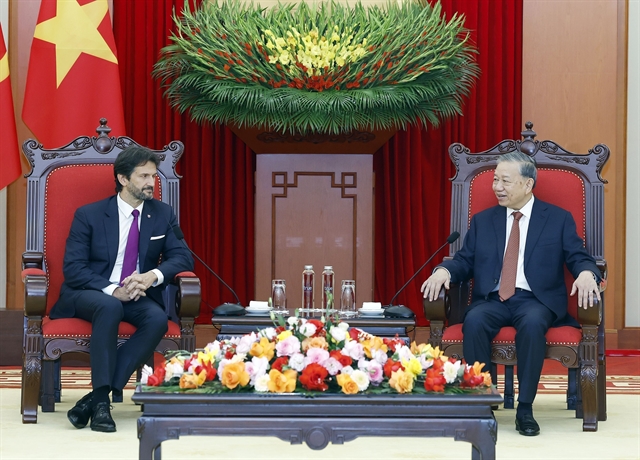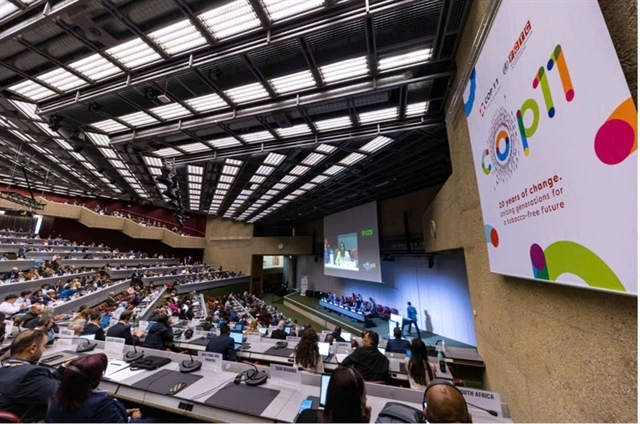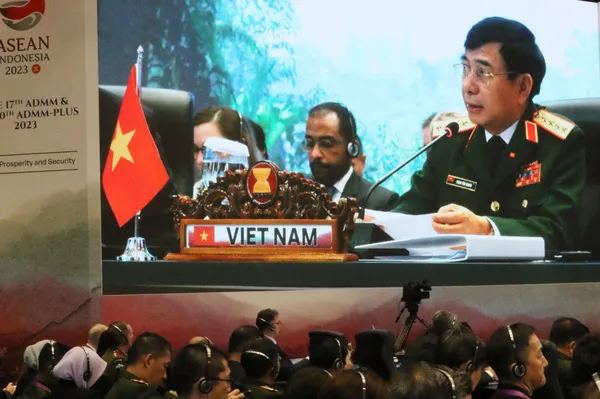 Politics & Law
Politics & Law
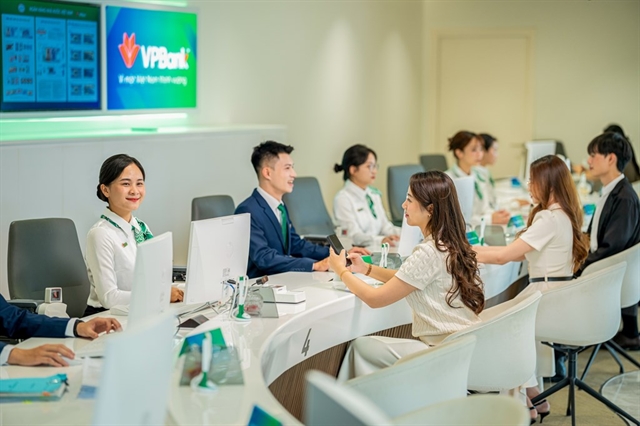
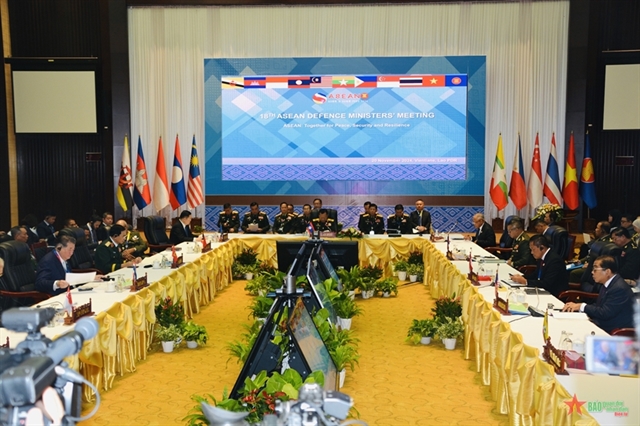 |
| The 18th ASEAN Defence Ministers’ Meeting (ADMM-18) was held on Wednesday in Laos. — Photo from the People's Army Newspaper |
VIENTIANE — The 18th ASEAN Defence Ministers’ Meeting (ADMM-18) commenced on November 20 in Vientiane, Laos, under the chair of Lao Deputy Prime Minister and Minister of National Defence Chansamone Chanyalath.
Việt Nam's delegation to the event is led by Defence Minister & Politburo member Phan Văn Giang.
In his opening remarks, Deputy PM Chansamone Chanyalath highlighted the importance of peace and security as foundations for economic and social progress, especially amid current global uncertainties. The ADMM-18, he noted, seeks to strengthen international cooperation to address regional challenges, promoting a peaceful, prosperous, and resilient ASEAN.
Minister Giang affirmed Việt Nam's support at the highest level for Laos to fulfil its heavy duty as Chair of ASEAN in 2024.
ADMM-18 adopted several key documents, including guidelines for ADMM-Plus Expert Working Group observers which were co-developed by Laos, the Philippines, and Singapore; and a strategic framework titled “ADMM and ADMM-Plus Ready for the Future” from Brunei and Singapore. It also approved the second ASEAN-US Maritime Exercise in 2025 and the agenda for the 11th ADMM Plus, scheduled for November 21.
The meeting concluded with the adoption of the Vientiane Joint Declaration: Together for Peace, Security, and Resilience, which underlined the importance of ADMM and ADMM+ in regional security frameworks. It reaffirmed ASEAN’s outward-looking approach, fostering trust and mutual understanding with external partners while upholding ASEAN’s centrality and unity. The declaration reiterated adherence to principles and essential targets specified in the UN Charter, the ASEAN Charter, and the Treaty of Amity and Cooperation in Southeast Asia (TAC) in enhancing ASEAN's centrality and unity and maintaining a rules-based regional structure in accordance with international law for people's interest.
The document repeated the commitment to peaceful and constructive cooperation of all sides to make the East Sea (known internationally as the South China Sea) a region of peace, stability and prosperity through the full and effective implementation of the Declaration on the Conduct of Parties in the East Sea (DOC) and the early conclusion of a substantive Code of Conduct (COC) in line with international law, including the 1982 UN Convention on the Law of the Sea (UNCLOS 1982). — VNA/VNS

